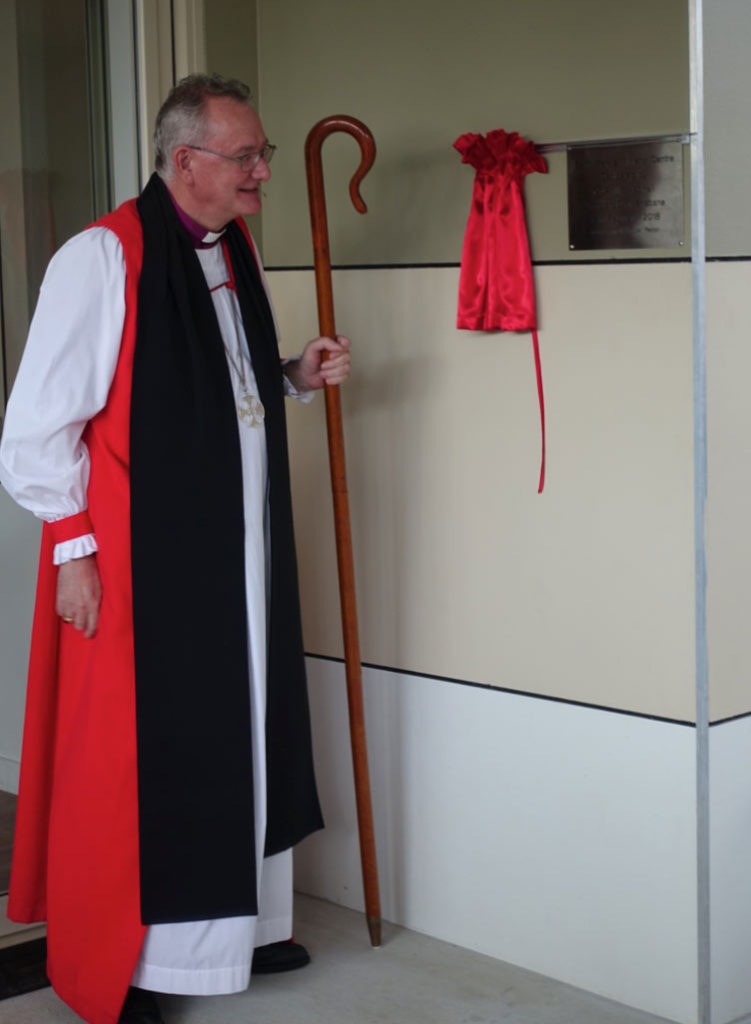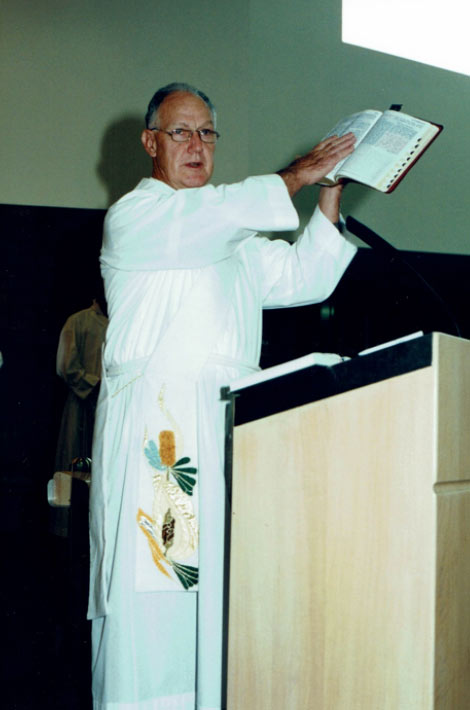Remembering
The Lion of Saint Mark’s Anglican Church The Gap
In religious art, Saint Mark the Evangelist is often depicted as a winged lion holding an open or closed bible. This representation has emanated from imagery in the opening verses of the Saint’s Gospel and in the books of Ezekiel and Revelation. There is also a story about an encounter with lions during one of the Evangelist’s missionary journeys.
The Lion of St Mark’s The Gap was designed by the architect of the church building, Neville Lund. The image appears on the handles of the front doors and the Kullaroo Street side of the building. It is also used throughout this website. Unlike other representations, the Lion of St Mark’s The Gap is reading the Bible.
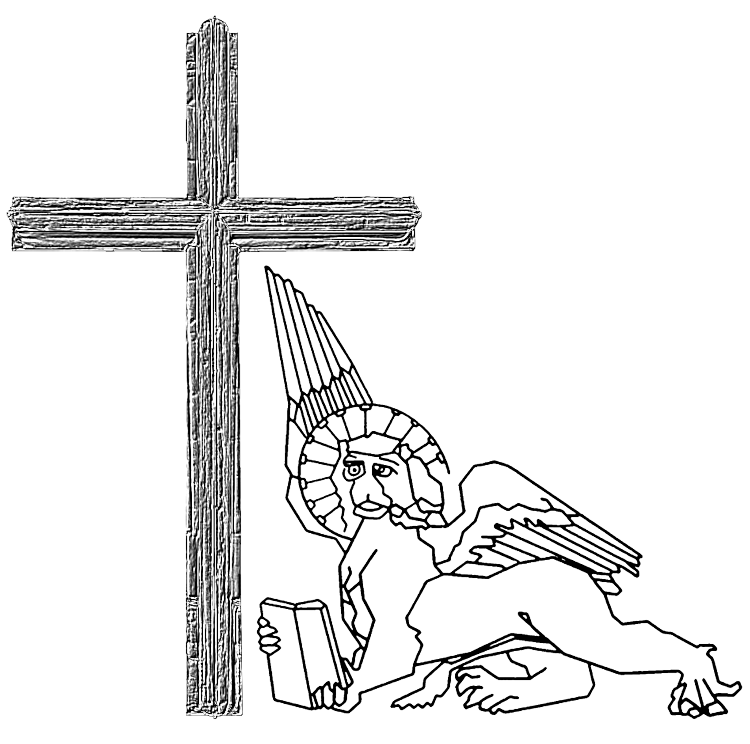
History of Saint Mark’s Anglican Church The Gap
The 1920s
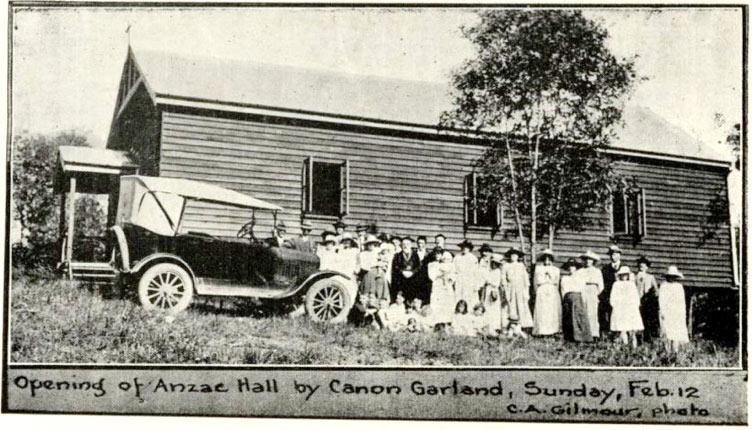
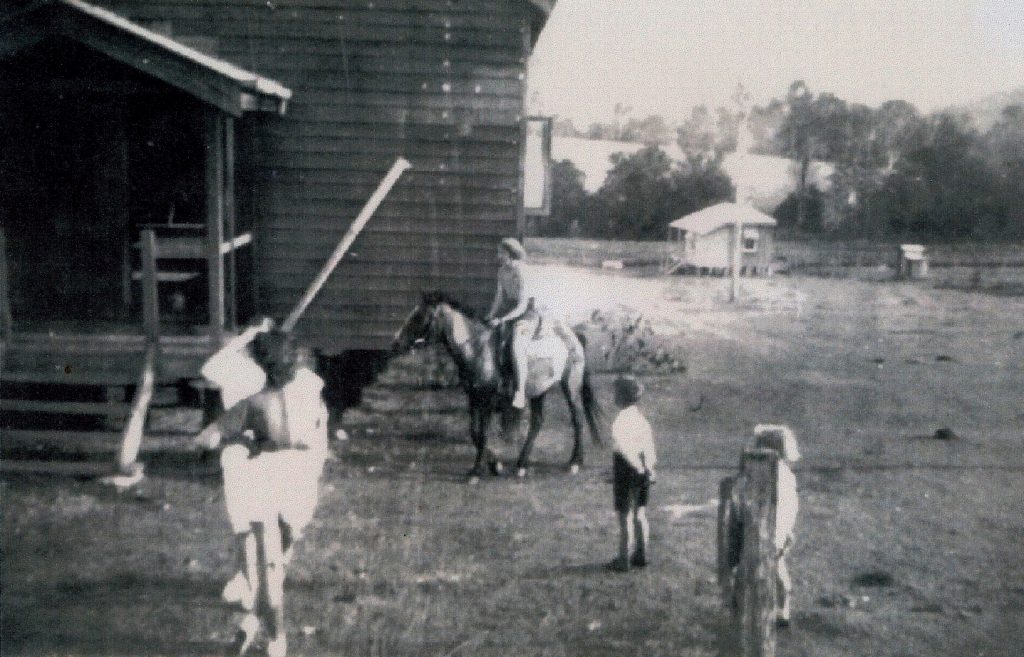
Commencing in August 1920, Rector Reverend W. H. P. Hubbard from the Church of England Parish of Grovely ministered to these soldier settlers. During the evening of Christmas Day, he conducted the first service in one of their farmhouses. Reverend Hubbard oversaw the lease of a piece of a portion (on present day Settlement Road opposite Kaloma Road) and the start of the construction of a building for church services. The responsibility for spiritual needs of the settlement was passed on to the Soldiers’ Church of England Help Society. Canon David Garland was the Founder and Director of the Society as well as Architect of Anzac Day commemorations and Rector of the nearby Ithaca Parish. Canon Garland opened and blessed Anzac Hall on 12 February 1922.
Services continued under Canon Garland and a Sunday school began. Anzac Hall also was used for many community social activities such as dances. In the mid-1920s it was moved to a more convenient site on the corner of Waterworks Road and present day Illowra Street.
Post WWII Development
After the Second World War, suburban development began to take over the largely uneconomic small farm holdings in The Gap and during the 1950s there was an increasing need for Sunday school and church services. In 1959, when Canon George Gibson was Rector of Ithaca, the hall was relocated again to the corner of Waterworks Road and Kullaroo Street. A sanctuary, kitchen, porch and vestry were added. Folding doors screened the sanctuary when not in use. Archbishop Halse carried out the dedication on Sunday 23rd August 1959 and Anzac Hall became a multipurpose church building. A second similar building, the Church of the Good Shepherd, was established at Firhill Street, St John’s Wood in the late 1950s.
At the time of the dedication, the church became known as Saint Mark’s The Gap. In the first century, Saints Barnabas, Paul and Mark spread the gospel westwards through the Mediterranean countries. Saint Barnabas’ Church, Red Hill in the Parish of Ithaca was the first Anglican Church along the main road leading westward from Brisbane City. Later Saint Paul’s Ashgrove and The Gap developed as part of the Ithaca Parish. Thus Saint Mark was a fitting choice of patron saint for the church at The Gap. Also, this choice honours the Soldier Settlement Scheme and the activities of Canon Garland for all returned soldiers. The ANZAC forces landed at Gallipoli on 25th of April, the Feast Day of Saint Mark. The Saint’s winged lion, symbolic of superhuman strength, features in Anzac Day memorabilia such as the State’s ANZAC Badge.
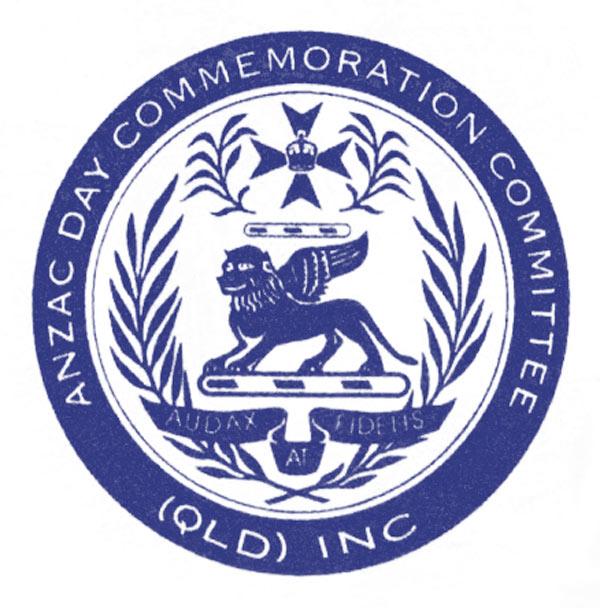
Families and Diverse Christian Experiences
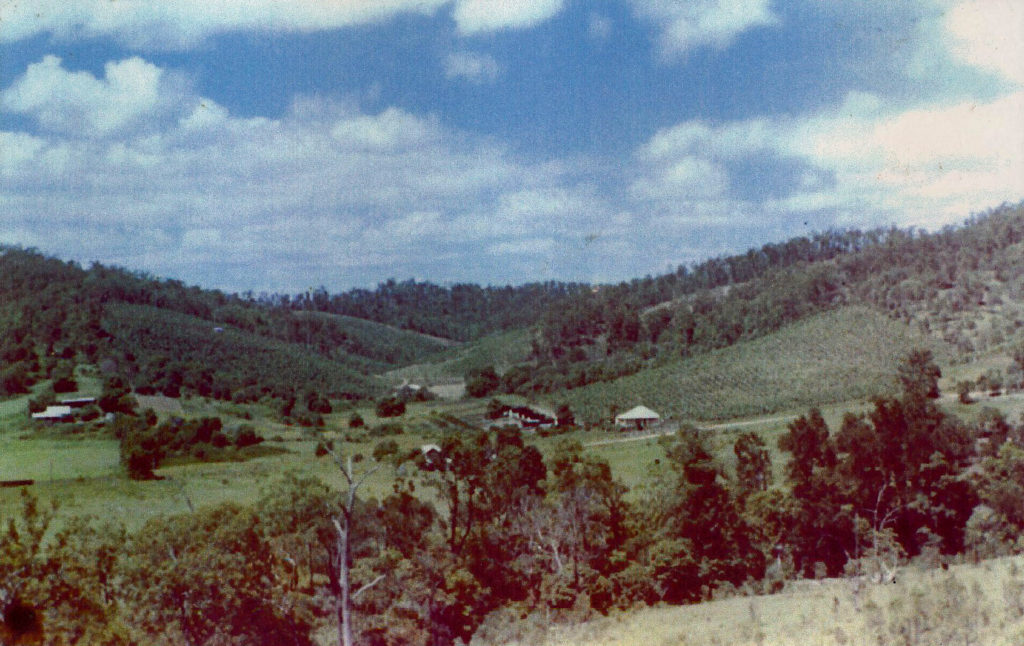
New Facilities
The present Saint Mark’s church building opened in 1978. It was designed by a member of the congregation, architect Neville Lund, to meet the parish’s requirements for a practical building with movable furniture that could accommodate diverse worship styles and activities. He produced a modern structure in cool tones of brown below and off white above that echo earth and heaven. The furnishings and decorative elements have highlights of blonde wood and steel that reflect a minimalist, Scandinavian aesthetic. Visual variety and liturgical focus come from the floral displays, banners and seasonal vestments.
Subsequently, declining support for the Church of the Good Shepherd led to its closing in late 1985 and its eventual sale to the Baptist Church. The funds received from this sale were used to purchase the present rectory in Kullaroo Street. The old rectory became the Parish Centre with spaces for administrative functions and small group meetings.
The congregation of Saint Mark’s The Gap kept growing in all age brackets. Innovations in ministry to meet their needs have included weekday playgroups, children’s vacation clubs, youth groups, Men’s Groups, Women’s ministry events and activities for older adults such as the Friendship Circle. There have been formal groups including Church of England Boys Society, Girls Friendly Society, Scouts, Rovers, Venturers, Joeys, Mothers’ Union and Caritas. Many of these ministries, group meetings and other community activities took place in the Church Hall until it was demolished in August 2016. Archbishop Phillip Aspinall dedicated the new spacious, accessible Church Hall, known as the Saint Mark’s Ministry Centre, on Sunday the 18th February 2018.
Spiritual and Religious Growth
During the 1980s, Reverend Bruce Worthington, then Rector of The Gap, was one of the instigators of the Brisbane movement of Cursillo (from the Spanish: Cursillos de Cristiandad, or “Short courses of Christianity”). Many members of Saint Mark’s have both benefited from and been involved with Cursillo within and beyond the Brisbane diocese. At this time home groups were established, and the Sunday preaching ministry extended into mid-week explorations of faith and fellowship.
This pattern of ministry was continued by Reverend Ron Bundy, together with an emphasis on outreach through Alpha courses. Saint Mark’s The Gap became a multi generational, family centred church. The number of services increased with the parish offering traditional Anglican and family styles of worship plus a Sunday evening service with a contemporary focus. Reverend Ron urged the parishioners to commence the task of replacing the Church Hall. Also during the late 1990s, various community related activities were initiated by part time Church Army evangelist, Sister Lyn Bullard.
From 2008 to 2020, Reverend Ken Hopper emphasised equipping people to become disciples who make disciples. Reverend Ken was an ex-Army Chaplain who advocated training for people interested in ministry to others. He continued the fundraising and the planning for the new Church Hall and the project was completed during his tenure.
